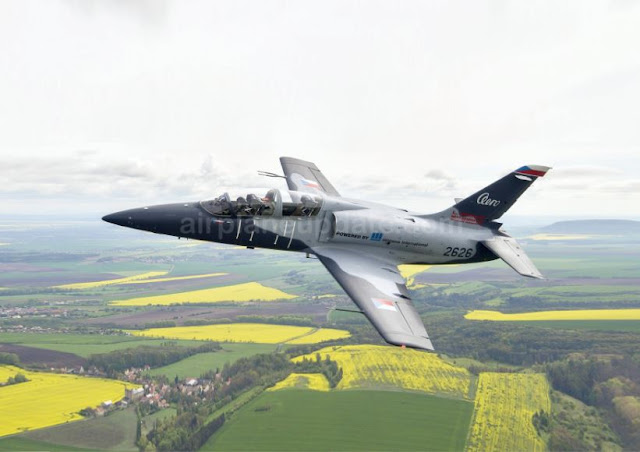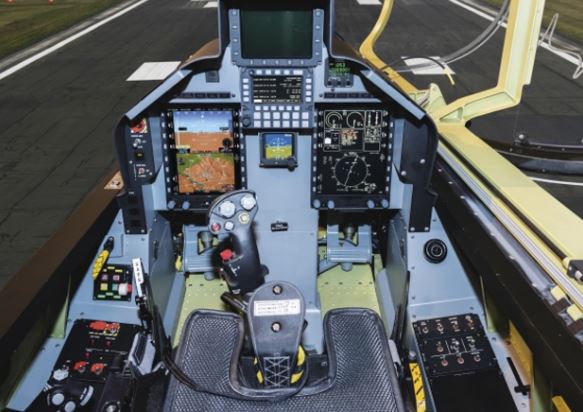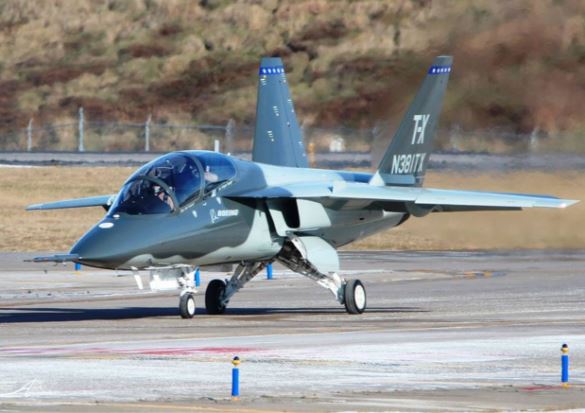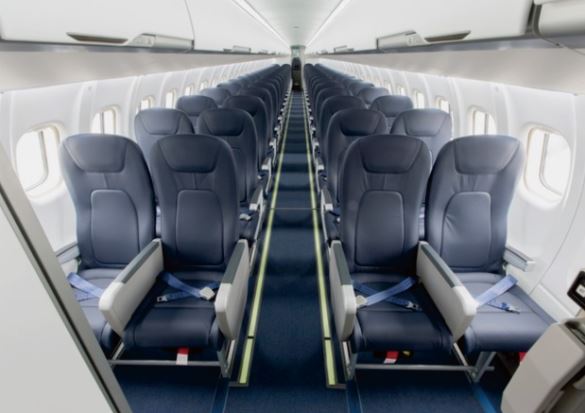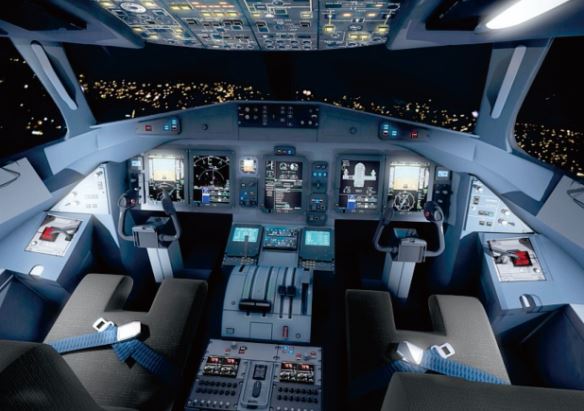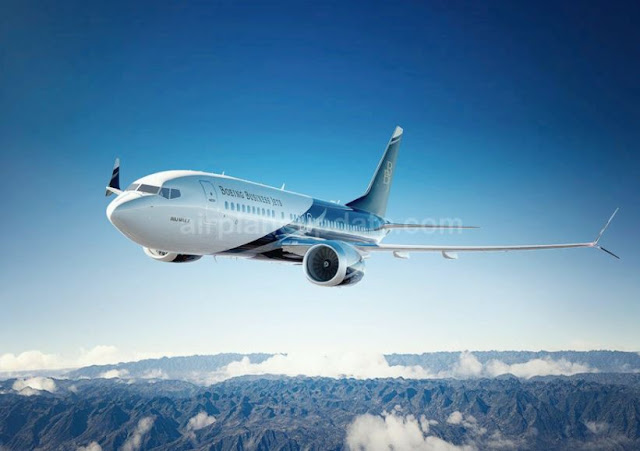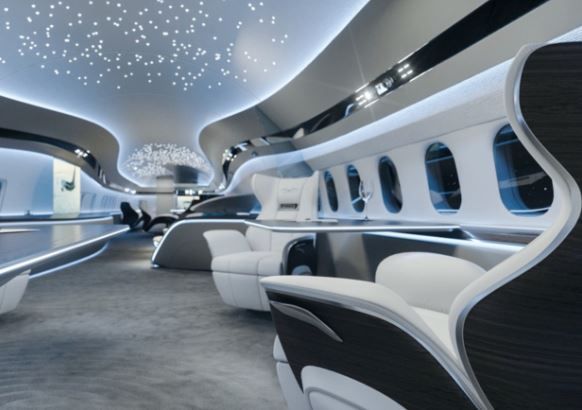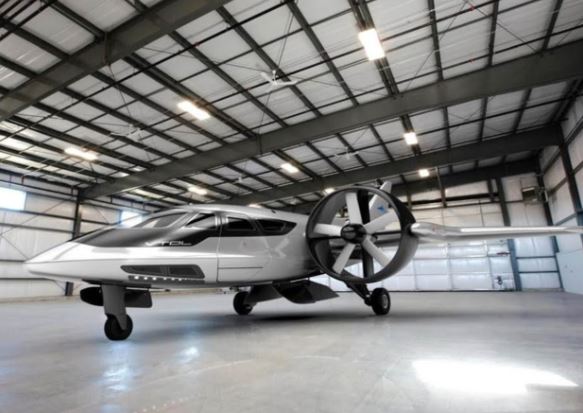Aermacchi M-345 Jet Trainer Specs, Cockpit, Engine and Price
Admin
01:00
Aermacchi M-345 Jet Trainer Specs, Cockpit, Engine and Price – The M-345 is a light jet trainer developed by Alenia Aermacchi (Italy) for basic-advanced pilot training. This new aircraft is designed to meet various training requirements of the armed forces around the world. The first flight of the M-345 aircraft took place in December 2016. The M-345 will replace the old MB-339 fleet currently operating with the Italian Air Force.
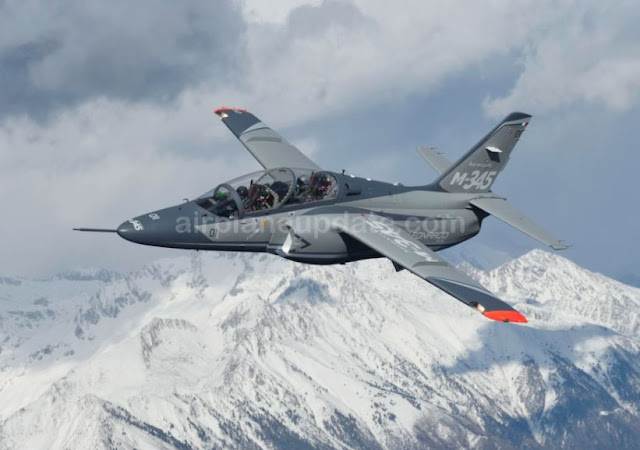
The M-345 jet trainer has an overall length of 9.85 m, a wing width of 8.47 m, and a height of 3.74 m. This aircraft has an empty weight of 3,300 kg, a maximum take-off weight of 4,500 kg, and a wing area of 12.6 m². The ability to carry external loads makes the M-345 suitable for secondary missions.
Enhanced features of the M-345 include integrated pressure refueling and a two-level maintenance concept, which minimizes operating costs. Together with the on-board jet trainer oxygen-producing system (OBOGS), the operator can reduce the workforce needed for onshore maintenance, and completion time to do more sorting per day.
This jet trainer is equipped with a health and use monitoring system (HUMS) on board the aircraft to provide information about structures, engines and other systems, as well as monitoring the operational status of each single component/ system.

The M-345 jet trainer cruising speed is 740 km/ h. The certified aircraft service ceiling is 40,000 feet. This aircraft has a climbing rate of 5,400 feet / minute and has a standard range of 840 nm, but the range of the ferry can be extended to 1,100 nm by integrating two external tanks (10% reserve).
The M-345 jet trainer has a limit load factor of + 7/ -3.5 g with a take-off weight of 3,300 kg. The required length of the ground run for aircraft take-off and landing are 460 m and 450 m, respectively.

The cockpit features of the M-345 include night vision goggles (NVGs) compatibility, integrated global positioning systems (GPS) or inertial navigation systems (INS), digital moving maps, and two mission computers. The jet trainer is also equipped with a tactical simulation suite and store management system (SMS).

Aermacchi M-345 Specs
The M-345 jet trainer is a lightweight tandem twin shoulder wing aircraft. The reinforced fuselage offers a fatigue period of 15,000 flight hours. It integrates a retractable three wheel landing gear and a single turbofan engine.The M-345 jet trainer has an overall length of 9.85 m, a wing width of 8.47 m, and a height of 3.74 m. This aircraft has an empty weight of 3,300 kg, a maximum take-off weight of 4,500 kg, and a wing area of 12.6 m². The ability to carry external loads makes the M-345 suitable for secondary missions.
Enhanced features of the M-345 include integrated pressure refueling and a two-level maintenance concept, which minimizes operating costs. Together with the on-board jet trainer oxygen-producing system (OBOGS), the operator can reduce the workforce needed for onshore maintenance, and completion time to do more sorting per day.
This jet trainer is equipped with a health and use monitoring system (HUMS) on board the aircraft to provide information about structures, engines and other systems, as well as monitoring the operational status of each single component/ system.

Aermacchi M-345 Engine
The M-345 jet trainer is powered by a turbofan engine that develops a maximum thrust of 1,600 kg (3,500 lb) at takeoff. Fuel is supplied by an internal tank with a storage capacity of 700 kg. The new M-345 HET variant is powered by Williams International's FJ44-4M engine, which offers improved fuel efficiency.The M-345 jet trainer cruising speed is 740 km/ h. The certified aircraft service ceiling is 40,000 feet. This aircraft has a climbing rate of 5,400 feet / minute and has a standard range of 840 nm, but the range of the ferry can be extended to 1,100 nm by integrating two external tanks (10% reserve).
The M-345 jet trainer has a limit load factor of + 7/ -3.5 g with a take-off weight of 3,300 kg. The required length of the ground run for aircraft take-off and landing are 460 m and 450 m, respectively.

Aermacchi M-345 Cockpit and Avionics
The M-345 trainer's sophisticated glass cockpit can accommodate two crew members in a tandem configuration. The fully digital glass cockpit is equipped with hands on throttle-and-stick control (HOTAS) and three 5 in x 7 in LCD multi-function displays (MFD) for instructors and student pilots. The front cockpit is equipped with a head up display (HUD), while the rear cockpit is fitted with a HUD repeater.The cockpit features of the M-345 include night vision goggles (NVGs) compatibility, integrated global positioning systems (GPS) or inertial navigation systems (INS), digital moving maps, and two mission computers. The jet trainer is also equipped with a tactical simulation suite and store management system (SMS).

